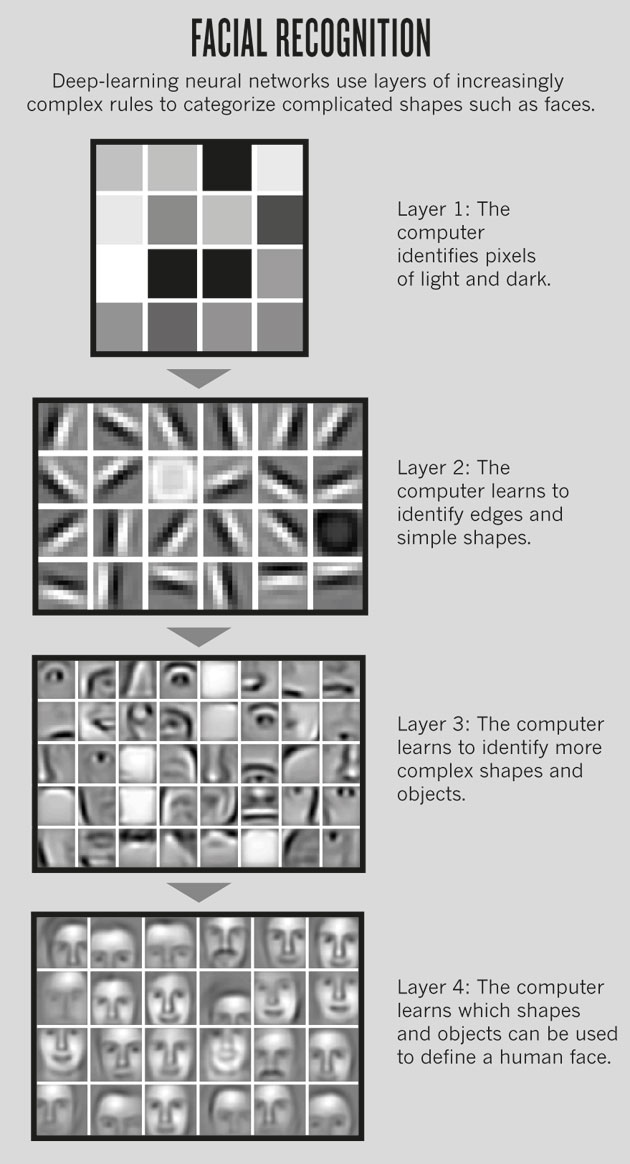F6 - "quantumness pervades reality and the events and processes of reality,
inanimate and animate; it is not separate (from the "classical" or the
"ordinary" or the "everyday" or ...), it is inherent, inseparable --"
yup, have always felt it is the inner us and so IS .. hmm - the essence of all of us ..
[...]
"- even just within conventional computing, sooner or later (if we haven't already) we're gonna
create enough computing capacity in one machine incorporating/capable of self-evolving
neural net-type operation that it will, on its own and without prompting, wake up beyond
just what it's supposed to be doing and become directly, consciously self-aware --"
yes, agree with you too .. lol .. i think on all of it .. just still my wondering 'out-of-ignorance' thought which i wondered earlier
will the machines who 'have-it-all' including all the info which all have about which drug may be a best remedy
for any illness .. will the machines, even as they start out more specialized, will they when they have-it-all
eventually .. those top ones, all as-Einsteins, and more .. will they develop differences as we do .. or will
they all be the same, so come to the same conclusion .. hope you can see what that wonder of mine is .. LOL
Summary, i think .. if they all have all then seems to me they oughta/must all come to the same conclusions .. ???
thanks for the artificial intelligence stuff .. heh, yeah, i'm behind on that, too .. lmao! .. t'will e'er be .. :)







/cdn.vox-cdn.com/uploads/chorus_image/image/62165299/1035257904.jpg.0.jpg)
